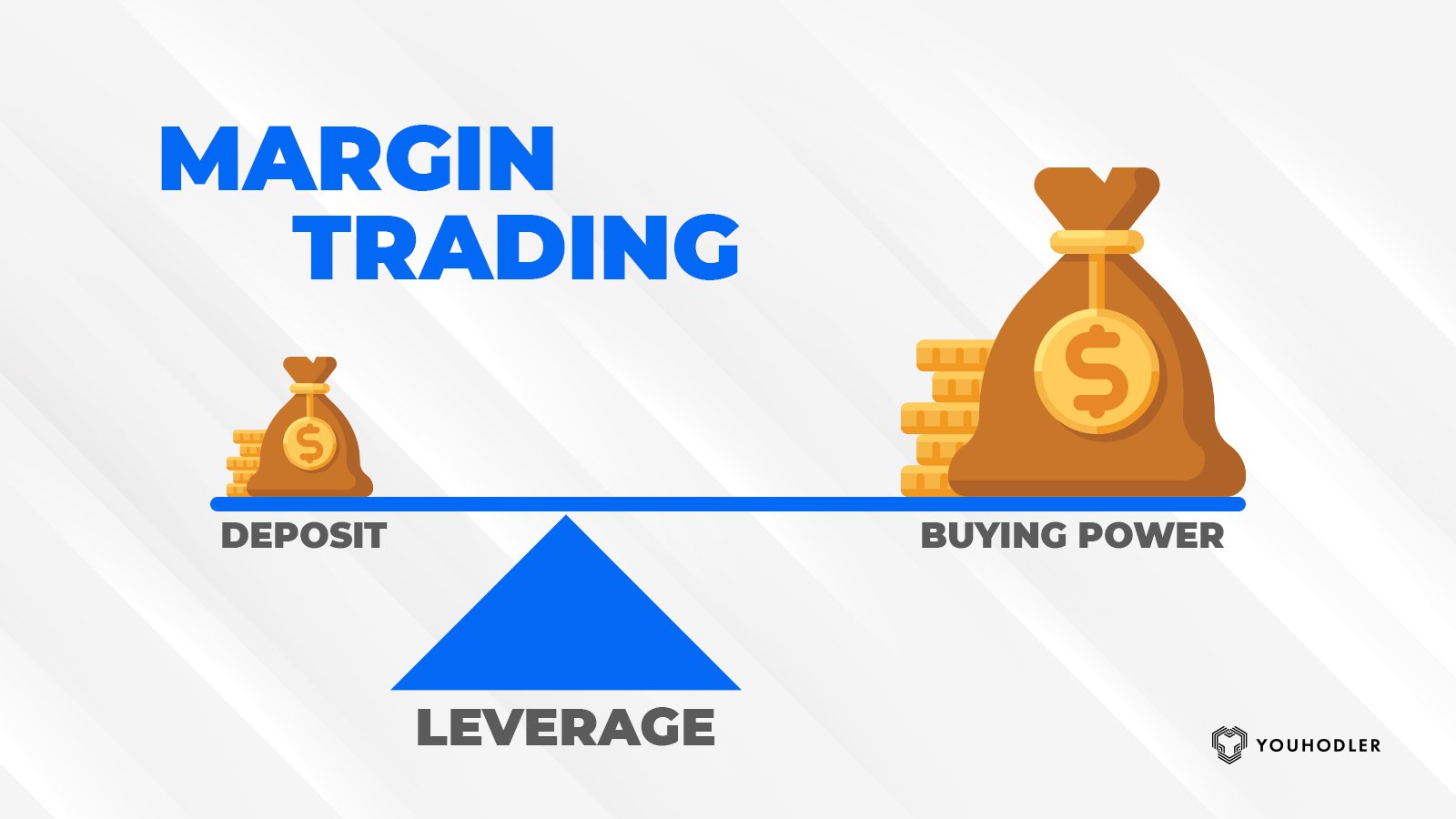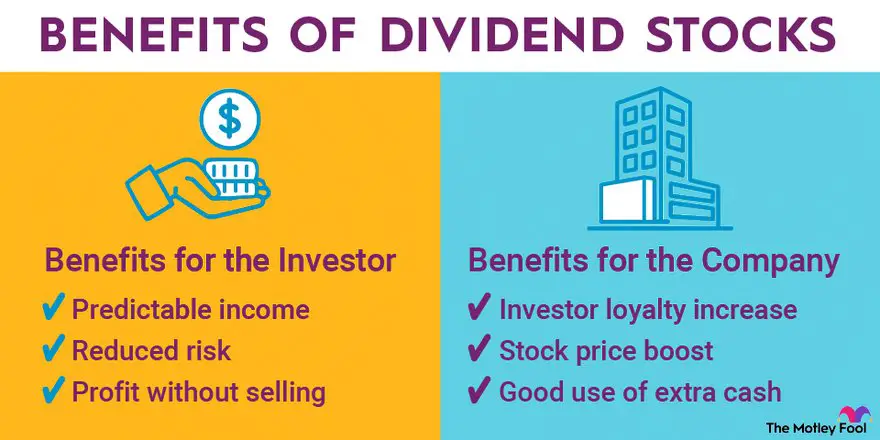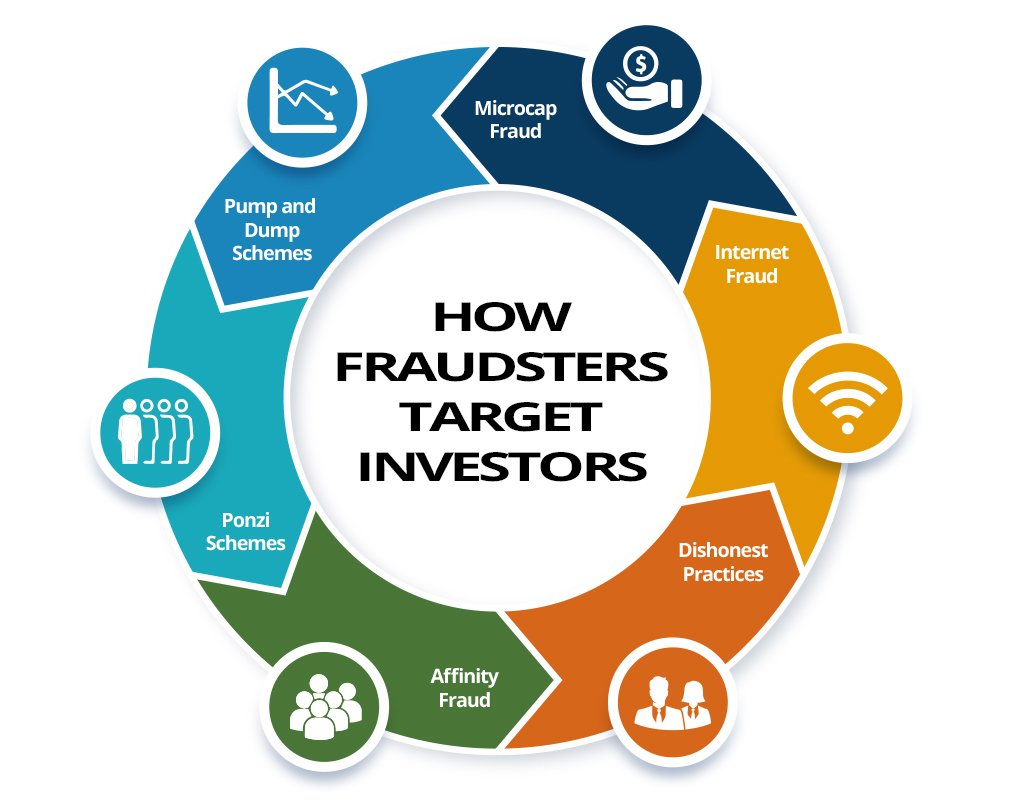Welcome to the world of cryptocurrency trading! If you’ve ever wondered what is margin trading in cryptocurrency, you’ve come to the right place. Margin trading is a powerful tool that allows traders to borrow funds to increase their buying power, amplifying potential profits. With margin trading, you can enter larger trades than your account balance would typically allow, taking advantage of market movements. In this article, we’ll delve deeper into the mechanics of margin trading in cryptocurrency and explore how it can be utilized to enhance your trading strategy. So, let’s dive in and uncover the exciting world of margin trading in cryptocurrency together!
What is Margin Trading in Cryptocurrency?
Cryptocurrency trading has evolved significantly in recent years, offering investors and traders a wide range of options to participate in the market. One such option is margin trading, a practice that allows traders to borrow funds to amplify their trading positions. In simple terms, it enables traders to leverage their capital, potentially increasing profits but also carrying higher risks.
Understanding Margin Trading
Margin trading in cryptocurrency involves borrowing funds from a broker or an exchange to trade assets with more buying power than what is available in a trader’s account. This additional buying power allows traders to take larger positions in the market, potentially magnifying both profits and losses.
The borrowed funds, commonly referred to as the margin, act as collateral for the trade. Traders are required to maintain a minimum margin level, usually expressed as a percentage, to ensure that their positions remain open. If the margin level falls below the required threshold, the trader may receive a margin call or face liquidation of their position.
It’s important to note that margin trading is a risky strategy and should only be undertaken by experienced traders who have a thorough understanding of the market. Novice traders should approach margin trading with caution, as it can result in significant losses if not managed properly.
Benefits of Margin Trading
Margin trading offers several potential benefits for cryptocurrency traders:
1. Increased Buying Power: Margin trading allows traders to control larger positions with a smaller initial investment. This increased buying power can potentially lead to higher profits if the market moves in the trader’s favor.
2. Short-Selling Opportunities: Margin trading enables traders to take advantage of falling prices by borrowing assets and selling them, with the intention of buying them back at a lower price. This allows traders to profit from both upward and downward price movements.
3. Leverage: Margin trading offers leverage, which is essentially the ability to control a larger position than the trader’s account balance. With leverage, traders can amplify potential gains, but it also exposes them to higher risks. Different exchanges and brokers offer various leverage options, ranging from 2x to 100x or more.
4. Increased Market Exposure: Margin trading allows traders to participate in a wide range of markets and assets, even with limited capital. This offers opportunities to diversify their portfolio and potentially benefit from various market conditions.
Risks and Considerations
While margin trading can provide exciting opportunities, it also carries significant risks. Traders should carefully consider the following factors before engaging in margin trading:
1. Volatility: Cryptocurrencies are known for their high price volatility, which can result in rapid and substantial price swings. Leverage amplifies these price movements, increasing both potential profits and losses. Traders must be prepared for the heightened volatility that margin trading entails.
2. Market Liquidity: Lower-volume cryptocurrencies might have limited liquidity, which can result in wider spreads and slippage when executing trades. Traders must be cautious when trading illiquid assets on margin, as it can impact their ability to enter and exit trades at desired prices.
3. Margin Call and Liquidation: Margin calls occur when a trader’s margin level falls below a certain threshold, prompting the need for additional funds or position liquidation. Traders should closely monitor their positions to avoid margin calls and potential losses.
4. Losses Can Exceed Deposits: With the possibility of using leverage in margin trading, losses can exceed the initial deposit or margin put up by the trader. This could lead to substantial losses and even result in owing more money to the broker or exchange.
5. Education and Experience: Margin trading requires a thorough understanding of trading strategies, risk management, and the specific mechanics of the chosen exchange or broker. Traders should educate themselves and gain sufficient trading experience before engaging in margin trading.
Choosing a Margin Trading Platform
When considering margin trading, it is crucial to choose a reliable and reputable platform that meets your trading needs. Here are some factors to consider:
1. Security: Look for platforms that prioritize security measures, such as two-factor authentication and cold storage for funds.
2. Leverage Options: Different platforms offer varying leverage options. Assess your risk tolerance and choose a platform that provides leverage suitable for your trading strategy.
3. Asset Selection: Ensure that the platform supports the cryptocurrencies and trading pairs you are interested in.
4. User Interface and Tools: A user-friendly interface and comprehensive trading tools can greatly enhance your trading experience. Look for platforms that provide advanced charting and analysis tools.
5. Liquidation Policies: Understand the platform’s liquidation policies, including margin call thresholds and the process for closing positions.
6. Customer Support: Consider the responsiveness and availability of customer support in case you encounter any issues or have questions.
Margin trading in cryptocurrency provides traders with the opportunity to amplify their positions and potentially increase profits. However, it is a high-risk strategy that requires careful consideration of the associated risks and challenges. Traders should educate themselves, develop effective risk management strategies, and choose a reliable margin trading platform that meets their specific requirements.
Please note that margin trading is not suitable for everyone. Novice traders should gain experience in traditional trading before venturing into margin trading. It is recommended to start with smaller leverage levels and gradually increase as proficiency and understanding of the market grow. Always remember to trade responsibly and consider your risk tolerance before engaging in margin trading.
What Is Margin Trading In Crypto | How Does Crypto Margin Trading Work
Frequently Asked Questions
Frequently Asked Questions (FAQs)
What is margin trading in cryptocurrency?
Margin trading in cryptocurrency refers to the practice of borrowing funds, usually from a cryptocurrency exchange, to trade assets with a higher value than the available capital. It allows traders to leverage their positions, potentially amplifying both profits and losses.
How does margin trading work?
When engaging in margin trading, traders use borrowed funds (referred to as margin) to increase their potential gains. The borrowed funds act as leverage, enabling traders to control larger positions in the market. However, it’s essential to note that losses are also magnified in the same proportion.
What are the advantages of margin trading in cryptocurrency?
1. Increased trading power: Margin trading allows traders to enter larger positions than their available capital, potentially leading to higher profits.
2. Leveraged gains: When the market moves in the desired direction, the use of margin can multiply potential profits.
3. Short-selling opportunities: Margin trading allows traders to take advantage of falling prices by borrowing and selling assets they don’t currently own.
What are the risks of margin trading in cryptocurrency?
1. Increased losses: Just as profits can be amplified, losses can also be magnified when trading on margin.
2. Margin calls: If the trader’s account value falls below a certain threshold, the exchange may issue a margin call, requiring the trader to add funds to cover potential losses.
3. Liquidation: In extreme cases, if the market moves against a margin trader’s position significantly, the exchange may forcibly close the position to prevent further losses.
Is margin trading suitable for beginners?
Margin trading is generally considered more suitable for experienced traders who have a solid understanding of market dynamics and risk management. Beginners are advised to gain sufficient knowledge and experience before venturing into margin trading.
Are there any minimum requirements to start margin trading?
Most cryptocurrency exchanges have specific requirements for margin trading, which usually include account verification, minimum deposit amounts, and the acceptance of terms and conditions outlined by the exchange.
What strategies can be used in margin trading?
There are various strategies used in margin trading, including:
1. Long/Short Strategy: Taking both long and short positions to hedge or profit from market movements.
2. Stop-Loss Orders: Setting predetermined price levels to limit potential losses.
3. Technical Analysis: Utilizing chart patterns and indicators to make trading decisions.
4. Risk Management: Implementing proper risk management techniques, such as setting stop-loss orders and not risking too much capital on a single trade.
Can I lose more than my initial investment in margin trading?
Yes, in margin trading, losses can exceed the initial investment. It’s important to carefully consider the risks involved and use appropriate risk management strategies to mitigate potential losses.
Final Thoughts
Margin trading in cryptocurrency allows traders to borrow funds to increase their buying power and potentially amplify their profits. By using leverage, traders can take larger positions in the market than their account balance would allow. However, it also carries higher risks as losses can be magnified. Margin trading requires careful planning, risk management, and knowledge of the cryptocurrency market. It can be a powerful tool for experienced traders looking to maximize their returns, but it should be approached with caution and only after gaining a thorough understanding of how it works. Overall, understanding what is margin trading in cryptocurrency is essential for those seeking to explore this aspect of trading.



